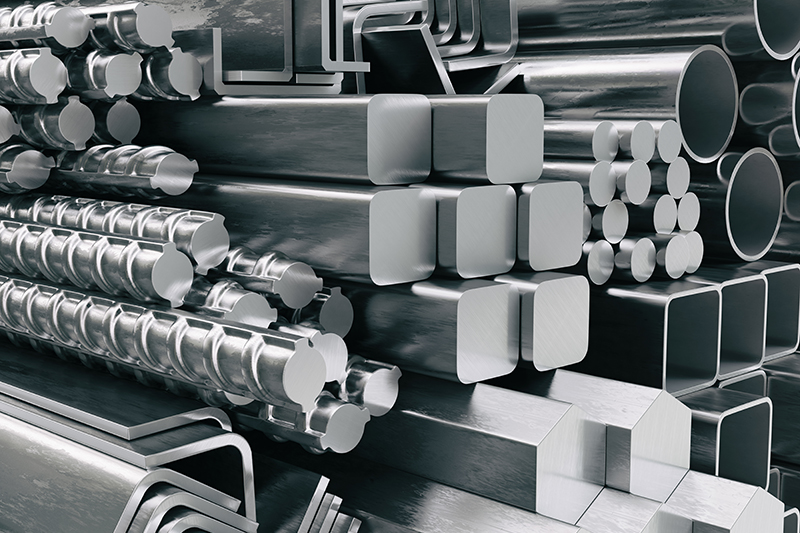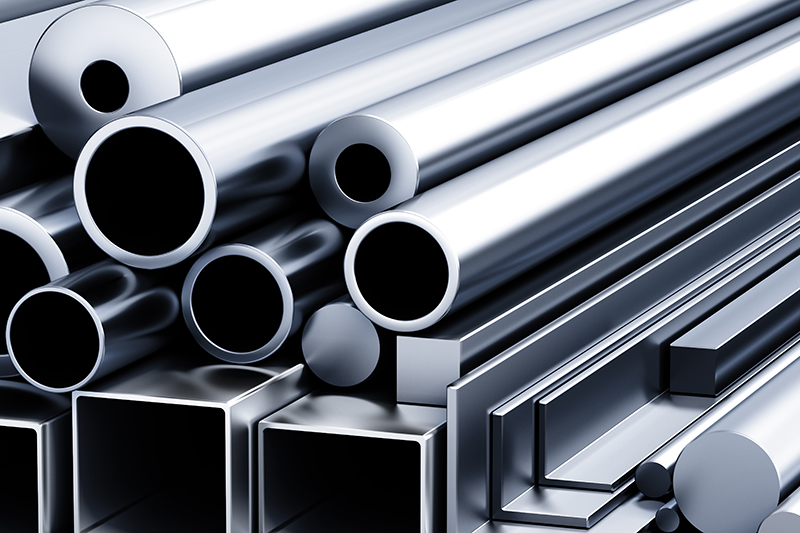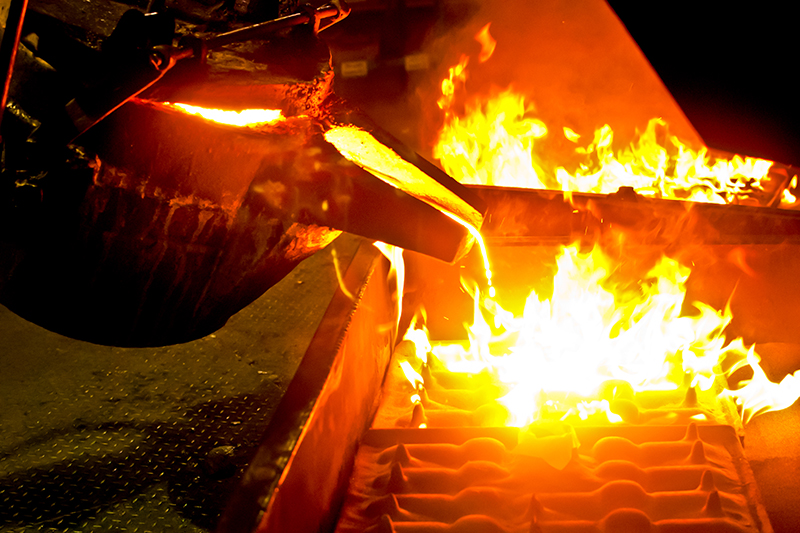The Use and Properties of Low Alloy Steel
Low alloy steel refers to alloy steel with a total alloying element content of less than 5%. Low alloy steel is relative to carbon steel, and is intentionally added with one or several alloying elements to improve the performance of steel based on carbon steel. When the amount of alloy added exceeds the normal production method of carbon steel, this type of steel is called alloy steel. When the total alloy content is less than 5%, it is called low alloy steel, ordinary alloy steel is generally b
Read MoreThe Historical Development of Duplex Stainless Steel
Duplex stainless steel (DSS) refers to stainless steel with ferrite and austenite each accounting for about 50%, and generally requiring at least 30% of the lower phase content. In the case of low C content, the Cr content ranges from 18% to 28%, and the Ni content ranges from 3% to 10%. Some steels also contain alloying elements such as Mo, Cu, Nb, Ti, and N.
Read MoreKnowledge of stainless steel pipe fittings installation
Stainless steel is a type of pipe with a high content of Cr element, and its anti-corrosion performance is much higher than that of ordinary steel pipes. The commonly used material grades of stainless steel include: 201, 202, 304, 304L, 316, 316L, etc. You can choose the corresponding brand to use according to the different water quality, water supply pressure, and temperature.
Read MoreThe Use and Properties of Low Alloy Steel
The components of low alloy steel welded structures usually need to go through processes such as processing and forming, welding, and post weld heat treatment, which requires the steel to have good process performance. The process performance includes the weldability, cutting performance, cold and hot working performance, heat treatment performance, malleability, uniform stability of the structure, and hardenability of large cross-sections of the metal. While considering material costs, the impa
Read Morecasting process design
Casting process design involves the process design of the parts themselves, the design of the pouring system, the design of the filling and shrinking system, the design of the air outlet, the design of the quenching system, and the design of special casting processes. The process design of the part itself involves the selection of machining allowance, pouring position, parting surface, casting process parameters, size tolerance, shrinkage rate, mold start angle, correction amount, parting negati
Read MorePerformance characteristics of duplex stainless steel
The combination of chloride stress corrosion performance and these superior properties has led to the rapid development of duplex stainless steel as a weldable structural material. Since the 1980s, it has become a steel category alongside martensitic, austenitic, and ferritic stainless steels. Dual phase stainless steel has the following performance characteristics:
Read More




